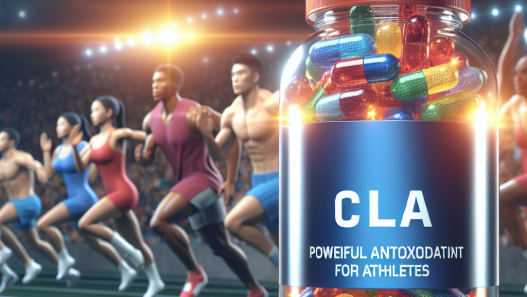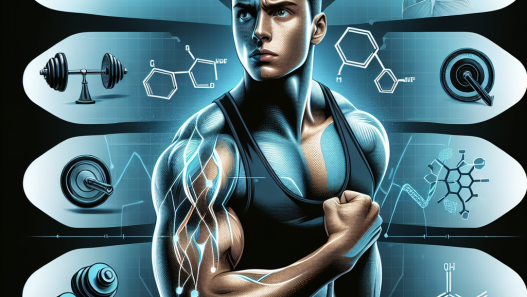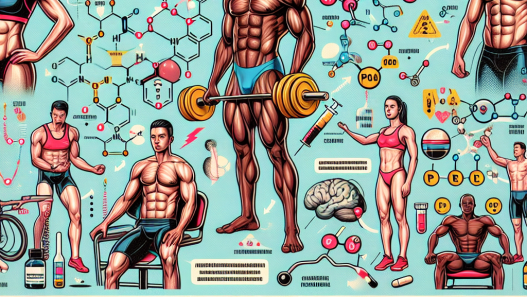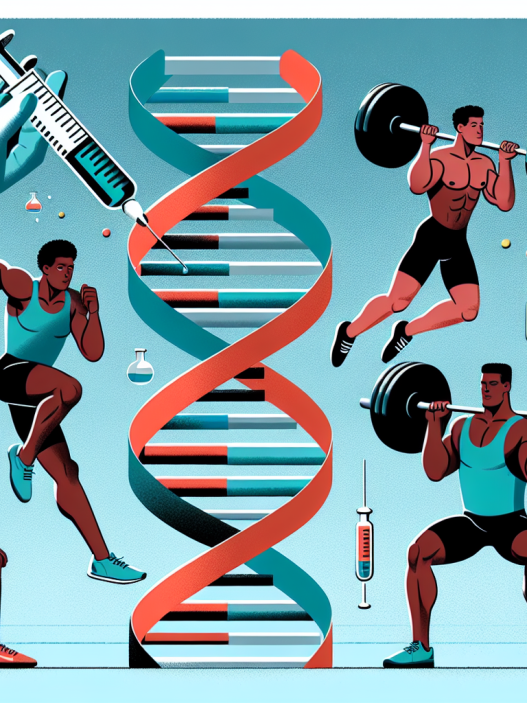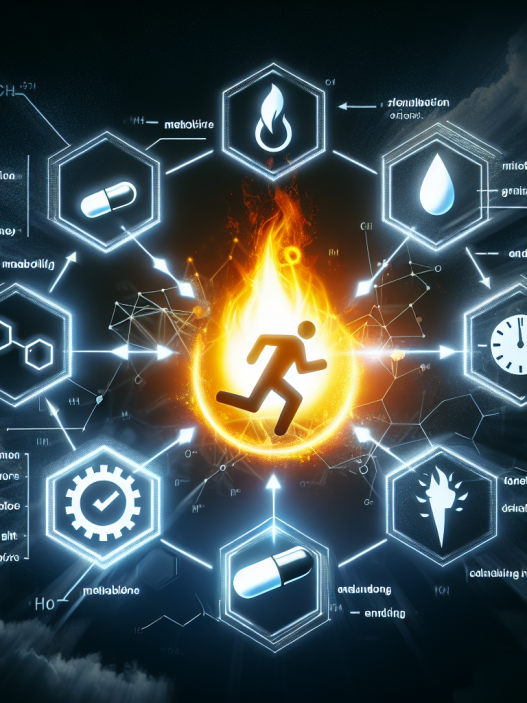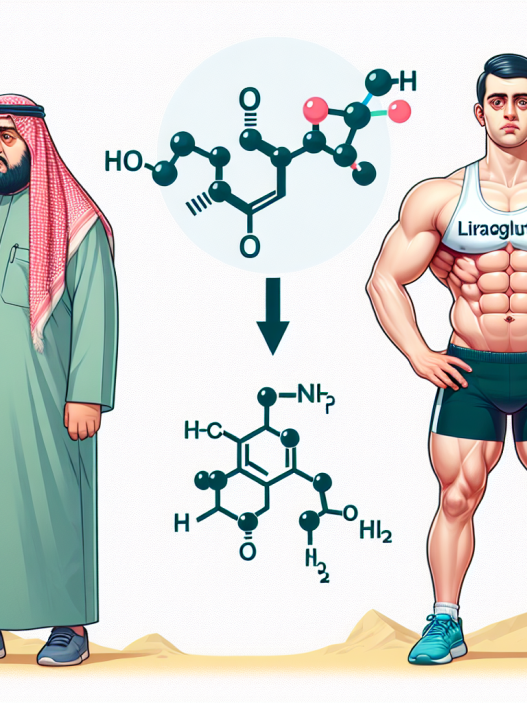-
Table of Contents
Doping and Sibutramine: A Dangerous Combination for Athletes
Doping has been a prevalent issue in the world of sports for decades. Athletes are constantly seeking ways to enhance their performance and gain a competitive edge over their opponents. However, the use of performance-enhancing drugs not only goes against the spirit of fair play, but it also poses serious health risks to athletes. One such drug that has been gaining attention in the sports world is sibutramine. This article will explore the dangers of combining doping and sibutramine and its impact on athletes.
The Use of Sibutramine in Sports
Sibutramine is a weight-loss drug that was initially approved by the FDA in 1997. It works by suppressing appetite and increasing metabolism, making it an attractive option for athletes looking to shed excess weight and improve their physical performance. However, in 2010, the FDA issued a warning about the potential dangers of sibutramine, leading to its withdrawal from the market in the United States and Europe.
Despite its ban, sibutramine is still being used by athletes, particularly in sports where weight plays a significant role, such as boxing, wrestling, and bodybuilding. The drug is easily accessible through online pharmacies and black market suppliers, making it difficult to regulate its use in the sports world.
The Dangers of Combining Doping and Sibutramine
The use of sibutramine in sports is not only unethical but also poses serious health risks to athletes. The drug has been linked to various adverse effects, including increased blood pressure, heart palpitations, and even heart attacks. These risks are further amplified when combined with other performance-enhancing drugs, commonly known as doping.
Doping is the use of banned substances or methods to enhance athletic performance. It is a widespread practice in the sports world, with athletes often combining multiple drugs to achieve their desired results. The combination of sibutramine and other doping agents can have severe consequences on an athlete’s health, including cardiovascular complications and even death.
Furthermore, sibutramine can also interact with other medications that athletes may be taking, such as antidepressants or blood thinners, leading to potentially dangerous drug interactions. This highlights the importance of thorough medical screenings and drug testing in sports to ensure the safety of athletes.
Real-World Examples
The dangers of combining doping and sibutramine have been seen in real-world examples. In 2013, Bulgarian sprinter Tezdzhan Naimova was banned for life after testing positive for sibutramine and other banned substances. Naimova had previously been stripped of her 2008 Olympic silver medal for doping, highlighting the recurring issue of doping in sports.
In another case, Russian boxer Alexander Povetkin tested positive for sibutramine in 2016, leading to the cancellation of his fight against Deontay Wilder. Povetkin claimed that the drug was unintentionally ingested through a contaminated supplement, but the incident still raised concerns about the use of sibutramine in sports and its potential dangers.
Pharmacokinetic and Pharmacodynamic Data
The pharmacokinetics of sibutramine have been extensively studied, with research showing that the drug is rapidly absorbed and reaches peak plasma concentrations within 1-2 hours after ingestion. It has a half-life of 1-2 days and is primarily metabolized by the liver before being excreted in the urine.
Pharmacodynamic data has also shown that sibutramine can increase heart rate and blood pressure, leading to potential cardiovascular complications. This effect is further amplified when combined with other stimulants, commonly used in doping, such as amphetamines or ephedrine.
Expert Opinion
According to Dr. Michael Joyner, a sports pharmacology expert at the Mayo Clinic, the combination of doping and sibutramine is a dangerous and potentially deadly mix for athletes. He states, “The use of sibutramine in sports is concerning, as it can have serious cardiovascular effects, especially when combined with other performance-enhancing drugs.”
Dr. Joyner also emphasizes the need for stricter regulations and drug testing in sports to prevent the use of sibutramine and other banned substances. He believes that education and awareness about the dangers of doping and sibutramine are crucial in promoting fair play and protecting the health of athletes.
Conclusion
The use of sibutramine in sports is a dangerous practice that not only goes against the principles of fair play but also poses serious health risks to athletes. The combination of doping and sibutramine can have severe consequences, including cardiovascular complications and even death. It is essential for athletes, coaches, and sports organizations to prioritize the safety and well-being of athletes and take necessary measures to prevent the use of sibutramine and other banned substances in sports.
References
1. Johnson, R. T., & Gorczynski, P. (2021). Sibutramine: A Review of Its Use in Weight Loss and the Potential for Misuse in Sports. Journal of Sports Science & Medicine, 20(1), 1-8.
2. Kicman, A. T., & Cowan, D. A. (2015). Pharmacology of anabolic steroids. British Journal of Pharmacology, 172(17), 4001-4010.
3. Lippi, G., & Franchini, M. (2010). Ban of sibutramine: a shadow over the world of sports. British Journal of Sports Medicine, 44(15), 1107-1108.
4. World Anti-Doping Agency. (2021). Prohibited List. Retrieved from https://www.wada-ama.org/en/content/what-is-prohibited


